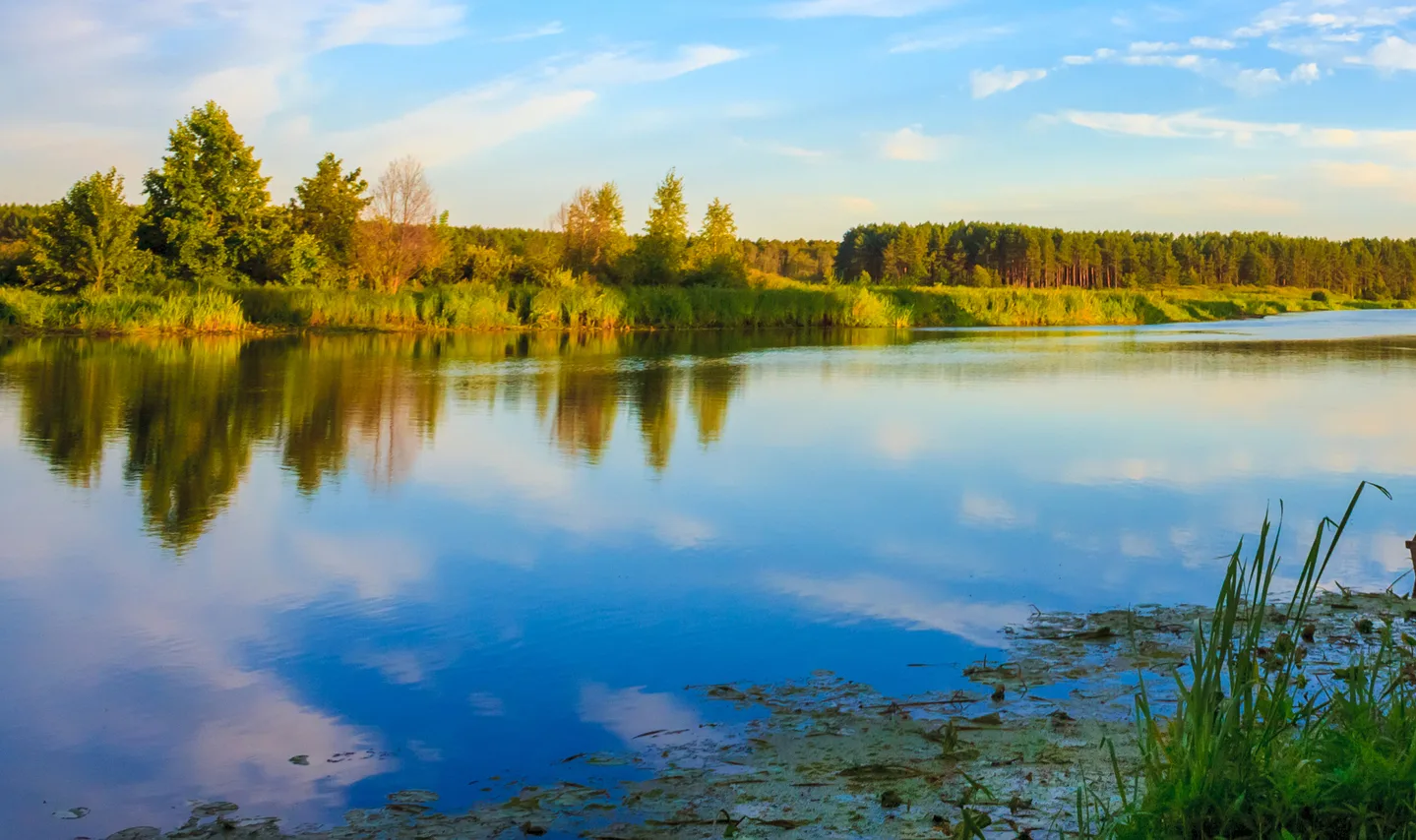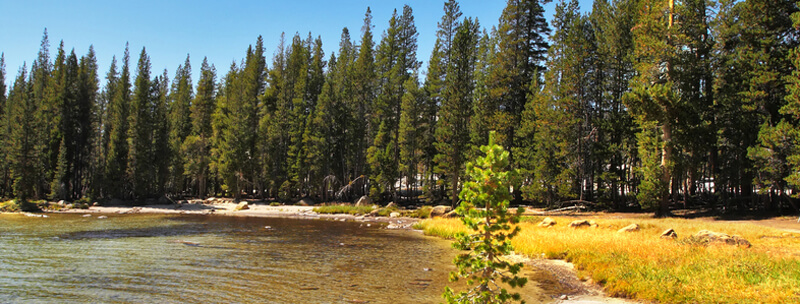Remediating parties often need to enter onto another’s property to investigate and remediate contamination that has migrated from the site of a discharge. Recognizing this reality, the Legislature enacted N.J.S.A. 58:10B-16 (the “Access Statute”) authorizing a remediating party to seek a court order for access when the property owner does not voluntarily permit access. The Appellate Division’s September 23rd decision in Solvay Specialty Polymers USA LLC v. Paulsboro Refining Company LLC interpreting the Access Statute may portend a more difficult future for parties seeking access under the statute. Specifically, the court refused to allow a remediating party to access an off-site property for the purpose of showing that contamination from that property was contributing to an allegedly commingled plume of groundwater contamination.
The Appellate Division reversed a lower court ruling that had granted Solvay access to the Paulsboro Refining Co. LLC (“PRC”) refinery property to conduct environmental sampling to delineate groundwater contamination from per-and polyfluoroalkyl substances (PFAS). In overturning the trial court’s decision, the Appellate Division narrowly construed the Access Statute, holding the trial court erred when it concluded that access to the PRC property was “reasonable and necessary” for Solvay’s PFAS investigation. Notably, PRC’s property is located in another municipality and approximately two miles away from the Solvay facility. Although Solvay is subject to an NJDEP directive relating to PFAS contamination from its facility, the court noted that the directive did not identify any party other than Solvay as a possible source of PFAS contamination. Thus, according to the court, the directive did not deputize Solvay with the Department’s authority to investigate whether other parties were off-site sources of contamination.
The Access Statute authorizes a remediating party to seek a court order for access if, after making a good faith effort, it is unable to reach an agreement with the owner to obtain access to the off-site property. The court will issue an order for access if it determines that either (1) a reasonable possibility exists that contamination has migrated to the off-site property, or (2) access to the property is reasonable and necessary to remediate the contamination. An applicable NJDEP oversight document for the investigation or remediation activities creates a presumption in favor of access. While the ability to obtain access via a court order has long been a vital tool for remediating parties, there is a dearth of case law interpreting the Access Statute. Thus, the opinion in Solvay is instructive for determining when access to an off-site property will be considered “reasonable and necessary” under the Access Statute.
The Appellate Division narrowly construed the Access Statute in denying Solvay’s access request. Because Solvay denied that any PFAS contamination had migrated from its facility to PRC’s refinery, the court only analyzed whether access to the property was warranted under the second prong of the Access Statute—whether it was “reasonable and necessary” for Solvay to access the PRC facility to investigate or remediate the contamination for which Solvay was responsible.
The court held that it was not reasonable and necessary for Solvay to show that PFAS contamination from the PRC facility was commingled with contamination that NJDEP’s directive had attributed to Solvay. Solvay could comply with the NJDEP directive without “invading” PRC’s refinery to conduct “intrusive environmental sampling.” The court rejected Solvay’s contention that, under the NJDEP regulation governing investigation of off-site sources of contamination (N.J.A.C. 7:26E-3.9), Solvay had a duty to identify other particular sources of off-site contamination. Rather, the Appellate Division found that Solvay had satisfied its obligations under NJDEP’s regulations and the directive when it documented the possibility of PFAS contamination from a source other than the Solvay facility, without necessarily proving the identity of the off-site source. Relying on an NJDEP technical guidance document, the court held that where sufficient evidence of off-site contamination in a commingled plume exists, but the source of the contamination has not been identified, it is the Department, and not the remediating party or a court adjudicating a claim under the Access Statute, that determines whether further investigation is warranted.
The relative distance of PRC’s refinery from the Solvay facility also seems to have been a contributing factor in the Appellate Division’s holding that it was not “reasonable and necessary” for Solvay to conduct sampling on the PRC property. Although most access requests under the Access Statute usually pertain to adjacent or nearby properties, it would be a mistake to construe Solvay as categorically precluding access to distant properties. With the increasing need to investigate PFAS, which quickly migrate through the environment and resist natural degradation, remediating parties will have a legitimate need to investigate more distant sites.
The court was mindful that parties remediating a commingled plume of groundwater contamination from multiple sources need a way to gather information about other sites and parties that may have contributed to the contamination, even if the Access Statute is not the proper vehicle. Thus, the court noted that, during the pendency of this appeal, Solvay had filed a contribution action under the Spill Act against PRC concerning the alleged migration of PFAS from its refinery to areas that Solvay was remediating. The Appellate Division emphasized that its decision did not preclude Solvay from conducting further discovery with respect to the migration in that action, but refused to give its imprimatur to using the Access Statute as a pre-discovery tool to gather information in support of a contribution action.
Parties seeking access to conduct environmental investigation or remediation, and parties from whom such access is sought, should take note of the Solvay decision—a rare instance when an appellate court construed the Access Statute—when negotiating or perhaps litigating over site access. Going forward, courts likely will look skeptically on access requests that seem motivated by a desire to obtain data to use against a potential litigation adversary, rather than to complete a remediation project.
For more information, please contact the author Michael Spinello at mspinello@riker.com or any attorney in our Environmental Practice Group.




